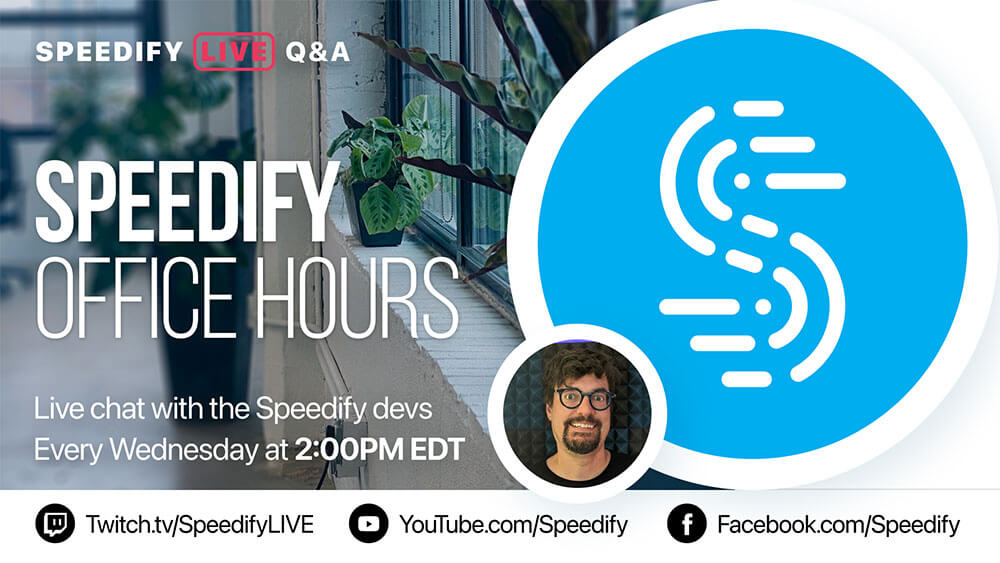4/24 @ 10am EDT – How should you prioritize internet connections? | Ask the CEO your tech questions
LIVE on YouTube, Twitch, and FacebookJoin us LIVE for Q&A and Speedify tech support with Speedify CEO Alex Gizis and our developers!


On the 149th episode of Speedify LIVE we hold yet another Office Hours with Speedify’s Lead Developer to answer any and all questions about Speedify!
We take viewer questions, take a look at our Mailbag for some specific use-cases, and chat about what’s coming from Speedify in the future!
Here are our 5 takeaways from our weekly Office Hours:
We have a lot of different videos and KB articles for getting users started and setting things up. We’re certainly trying to make sure that the connections that you want to use are connected to your device..and make sure they’re showing up in Speedify.
Join us LIVE for Q&A and Speedify tech support with Speedify CEO Alex Gizis and our developers!
Get news, success stories, and our weekly livestreaming show Speedify LIVE! Tune in to chat and ask questions or to yell at us if that makes you happy. We're from Philly, we can take it.
